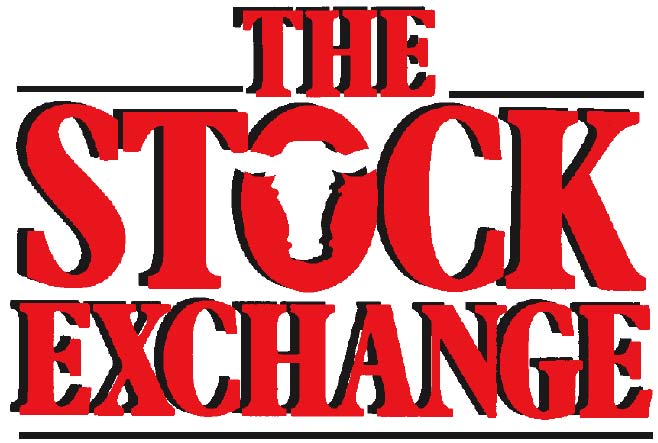Farmers to Families Food Box Program Reaches 75 Million Boxes Delivered
(Washington, D.C., Aug. 28, 2020) – U.S. Secretary of Agriculture Sonny Perdue announced today that the U.S. Department of Agriculture’s (USDA) Farmers to Families Food Box Program has distributed more than 75 million food boxes in support of American farmers and families affected by the COVID-19 pandemic. Earlier this week, President Trump announced an additional up to $1 billion will be added to the Farmers to Families Food Box Program while the economy continues to reopen. “The…
